These days 70 years ago, Ngoc Hoi alley (Ngoc Ha street, Hanoi) suddenly became bustling. Mr. Ky the steel wire kept whispering to my father, Uncle Ca Cat and the men in the alley about something very important.
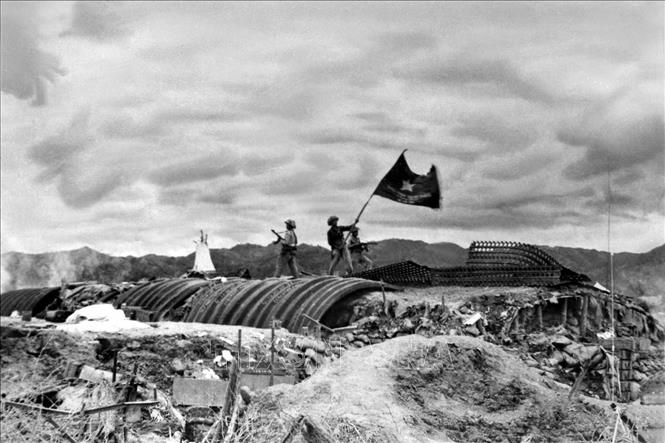
On the afternoon of May 7, 1954, the "Determination to Fight - Determination to Win" flag of the Vietnam People's Army flew on the roof of General De Castries' bunker. The historic Dien Bien Phu campaign was a complete victory. Photo: VNA archive
At the age of 12, I was studying Primaire at Lac Long school, so I boldly asked teacher Di about the “Groupe fief Dien Bien Phu” (Dien Bien Phu stronghold group) that my father and the old friends in the alley kept whispering about. Teacher Di pinched my ear and lowered his voice: “Secret! Extremement secret!” (Secret, extremely secret!). You don’t need to know, do you hear! It turned out that General De Castries’ Dien Bien Phu stronghold group was about to fall. And sure enough, on May 8, 1954, several newspapers in Hanoi published the news that the French army was defeated and surrendered at Dien Bien Phu. I kept those newspapers until I was evacuated to avoid American bombers in Hanoi in 1972. I knew about Dien Bien Phu like that in my childhood, until I became a reporter for VNA, I had many opportunities to go to Dien Bien Phu, go down to De Castries bunker, burn incense at the graves of heroes Be Van Dan, To Vinh Dien... and quietly remember the talented front commander who created the victory "Resounding in five continents, shaking the earth" in the General's bunker in Muong Phang. I remember on the occasion of the 50th anniversary of the Dien Bien Phu victory, I was assigned to accompany and report on the Party leaders' visit to Dien Bien Phu. The delegation traveled by helicopter, which was said to be the special plane that served Uncle Ho. The trip left many deep impressions about the land and people of Dien Bien Phu. I remember that at the door of De Castries bunker there was a fig tree with lush branches and leaves partially covering the relief depicting De Castries and his officers surrendering. Opposite the bunker was a rose garden, in full bloom. Famous places such as A1 Hill, Doc Lap Hill, Muong Thanh, Hong Cum, Him Lam remind us of the days of fire and storm. At the head of Muong Thanh bridge, there are traces of the bunker of the artillery commander of the French army at the front. Looking through documents, it turns out that this famous lieutenant colonel was Charles Piroth, a wounded soldier who lost an arm in the war against Nazi Germany and was awarded the Legion of Honor. Arriving at Dien Bien Phu, Charles Piroth confidently declared that he would show the Viet Minh what French artillery was like. Unexpectedly, when our artillery poured fire into the Muong Thanh basin, Charles Piroth could only pray to God and command weak counter-fire into the fake battlefields with bamboo tubes painted black like cannon barrels. After a humiliating defeat after 48 hours of artillery battle, Charles Piroth blew himself up with a grenade, ending his career as a campaign artillery commander. According to the VNA correspondent in Paris, in early 1993, the majority of the French people supported the visit of French President Francois Mitterrand, the first head of state from Western Europe to visit Vietnam. However, there were still people who strongly opposed the President's visit to Dien Bien Phu. General Marcel Bigeard (1916 - 2010), former Deputy Minister of Defense of France, former prisoner of war at Dien Bien Phu spoke out: "Dien Bien Phu is a disgrace to France. The President should not go there!". But the historic visit still took place and surprisingly, later, before his death in 2010, General Marcel Bigeard left a will wishing for his body to be cremated and his ashes to be scattered over Dien Bien Phu! At Muong Thanh Airport on the afternoon of February 10, 1993, for the first time in exactly 39 years, an aircraft carrying the French tricolor flag landed here, taking President Francois Mitterrand to visit the old battlefield. The President stepped out of the plane's stairs, stopped and looked around the Dien Bien Phu basin before getting in the car with his entourage to visit the De Castries bunker. Inside the bunker, he carefully observed General De Castries's Command Post. The bunker was surrounded by steel arches and a solid layer of reinforced concrete. The President of France quietly admired the war equipment that had been stained by time for a long time. He placed his hand on General De Castries' desk, silent. The past and the present intertwined, closely intertwined in that moment. The French President's eyes were full of sadness, perhaps he was thinking about a tragic page of history and today he bravely came here to close the past, at the same time opening a new chapter in the relationship between Vietnam and France. On the occasion of the 70th anniversary of the Dien Bien Phu victory, let me quote a few lines to see what the French wrote about this historic day 70 years ago. Jean Pouget - General Navarre's personal secretary and aide in the work "Nous étions à Dien Bien Phu" (We are in Dien Bien Phu) described May 7, 1954: "On the morning of that day, Eliane 4 (according to the French name, or Hill C2 according to the Viet Minh name) which had been shelled all night, was attacked by Viet Minh infantry at 5:00 a.m." Author Jules Roy in "La Bataille de Dien Bien Phu" (The Battle of Dien Phu in the eyes of the French) described the battle around Hill C: Viet Minh troops climbed the peaks of Hill C, cheers wafting in the wind as they reached the top. On the slopes and peaks of Hill C, they cheered in victory and raised their weapons, excited, when they saw the winding yellow river and the barracks of the fortified group being plowed. Faced with the might of the Viet Minh, the artillery of the stronghold, although still having 30 105mm and 10 120mm shells, had to remain silent. Fighter planes dropped bombs and shells but only caused chaos for ten minutes before flying away. By 9:40, the place had completely fallen. In the book “Dien Bien Phu 170 Days and Nights of Siege” (Les 170 jours de Dien Bien Phu), Erwan Bergot (who was a lieutenant who fought at Dien Bien Phu) wrote: “From 11am, there was no position left east of the Nam Rom River that could be held. All the outposts were overrun by the enemy.” On the afternoon of May 7, at 5pm, the ceasefire order was implemented at the Dien Bien Phu battlefield with victory belonging to the Viet Minh, the French army surrendered. Some places still had resistance, such as Isabelle (the Southern sector, consisting of 5 strongholds, we call it Hong Cum). In France, at 5:00 p.m. on May 7 (in Vietnam, at 1:00 a.m. on May 8), President Laniel reported to the French National Assembly the fall of Dien Bien Phu. General De Castries the night before, as Jean Pouget said, had “requested urgent supplies of mortar shells of all calibers. Forty-two tons of cargo had been dropped, but not a single package had been collected”. For ten consecutive nights, the general had stayed up all night. So at 10:00 a.m., when he called General Cogny at the headquarters in Hanoi, De Castries’ voice was weak. De Castries “recommended trying to carry out a retreat operation”. According to the plan, roadside food in light canned food with biscuits, nutritious chocolate, and Mong silver coins would be distributed to the paratroopers and legionnaires, to carry out the retreat.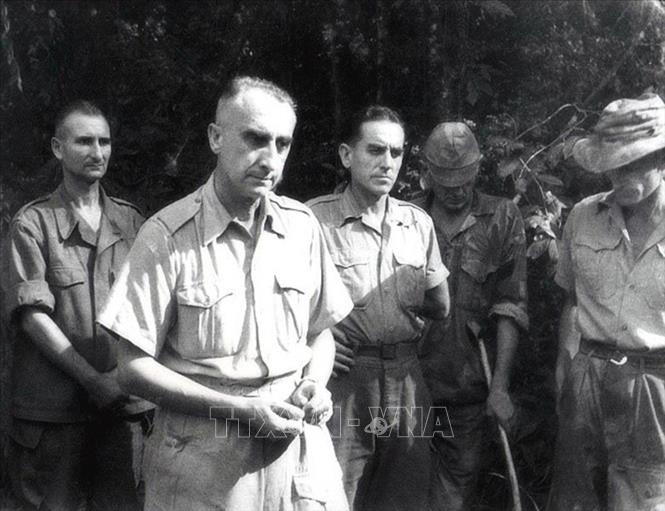
General De Castries (in the lead) and the entire General Staff of the Dien Bien Phu stronghold surrendered on the afternoon of May 7, 1954. Photo: Trieu Dai/VNA
The last hours of Commander De Castries are shown through the 170 days and nights of Dien Bien Phu being besieged quite tragically. In the central command bunker, the officers in the command felt bitter about losing the battle. And what about General De Castries? “De Castries covered up his confusion by adjusting his uniform, tying the famous cavalry scarf”. Colonel Langlais was annoyed but silent. Meanwhile, artillery commander Allioux fired the last mortar shells. While almost waiting for the appearance of our troops, according to Jules Roy, Langlais burned letters, personal notebooks… Assistant officers burned the documents of the command and destroyed the typewriter. When the first Viet Minh soldiers rushed to the command bunker (a group of 5 led by Captain Ta Quoc Luat), the French were afraid when "from the service agency soldiers to the combat units, artillery soldiers, drivers, pilots, and information, they felt death in their souls", described by Erwan Bergot. De Castries, in "The Battle of Dien Phu in the Eyes of the French", said that when the Viet Minh soldiers went down to the bunker, De Castries's sleeves were rolled up, his uniform was wearing medals. "Paratrooper Sergeant Paseerat de Silans of Langlais's 3rd room was moved when Castries shouted: "Don't shoot me!" That sentence was not Castries's tone, perhaps to soften the threatening attitude of the Viet Minh soldiers, he said: "You're not going to shoot, are you?" When De Castries was led up to the trench, his face was pale under his red cap, his lips held a cigarette and his eyes were dazzled by the sunlight. The French general was then escorted into a Jeep. Langlais had a sullen, silent face; Bigeard bowed his head under his beret… as a prisoner of war… 70 years is a lifetime. There are not many traces of the old battlefield left. And the last Dien Bien Phu soldiers of that day are mostly gathered around General Giap on the other side of the sky. Their images have existed and are existing on the panoramic painting of Dien Bien Phu Victory, covering over 3,100 m2 - the largest in the world on the second floor of the Dien Bien Phu Museum. Over 4,000 characters in the giant painting are depicted very realistically, vividly and soulfully, giving us, the descendants, a satisfying and proud view of the historical feat of our ancestors.


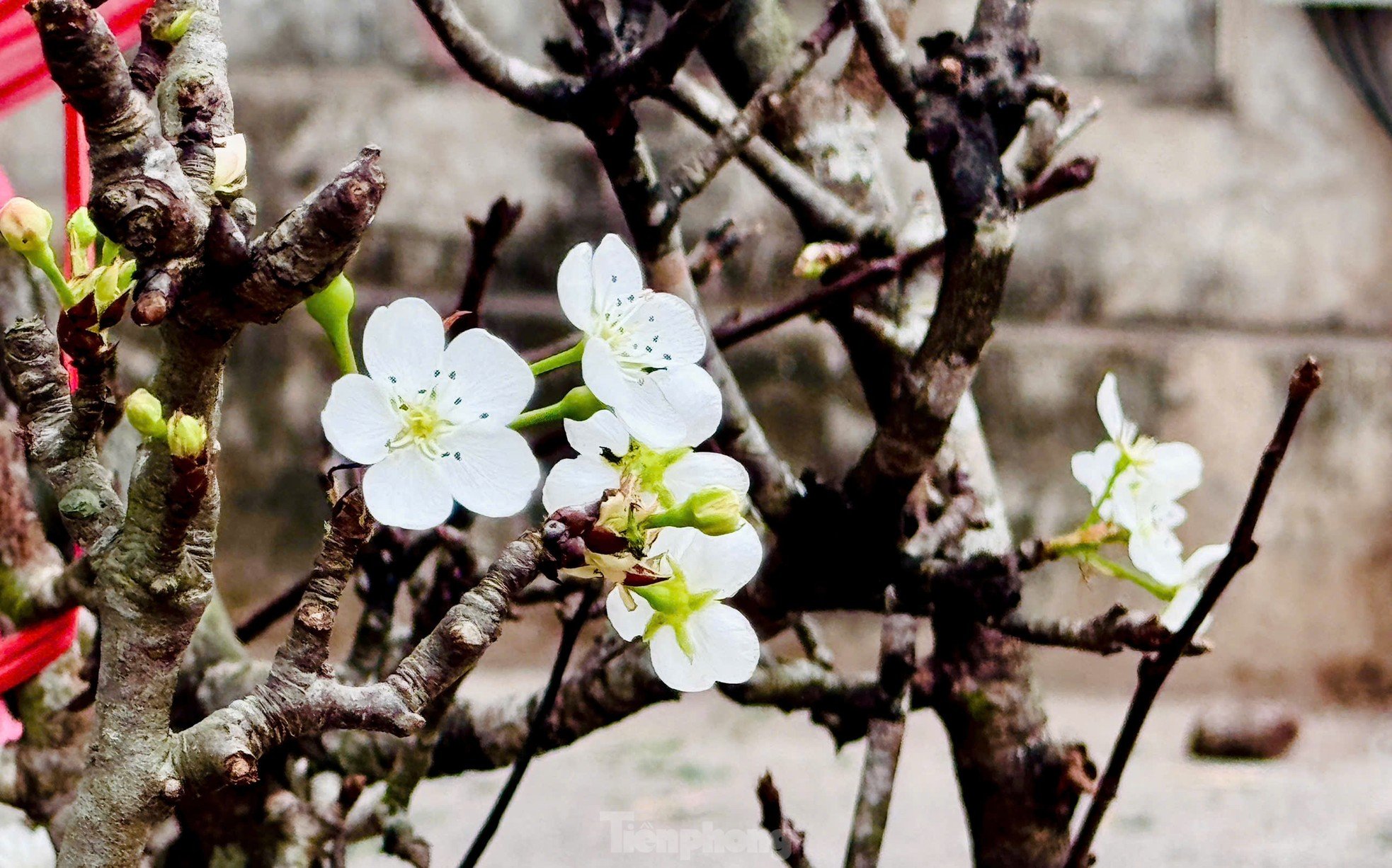
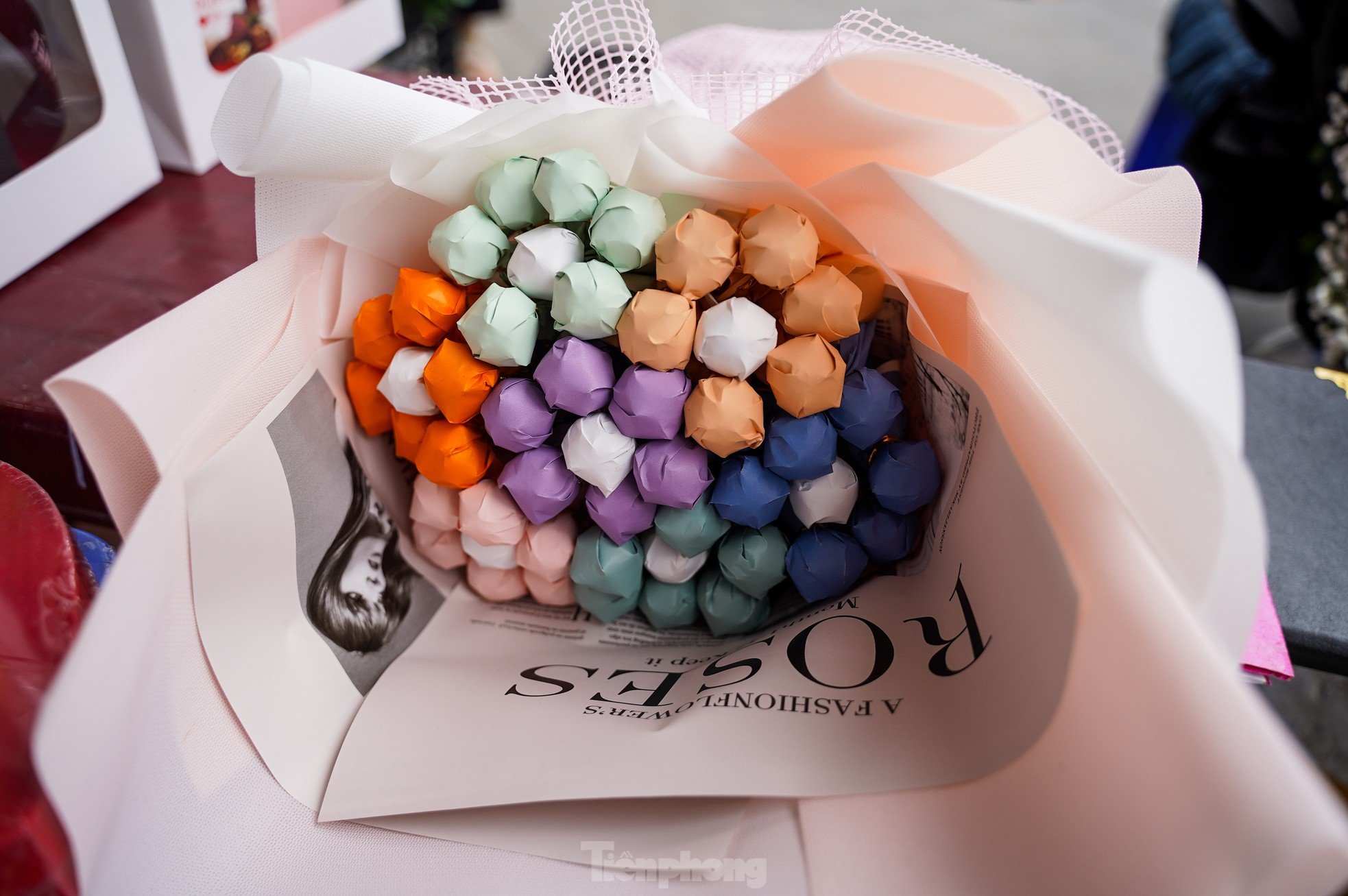

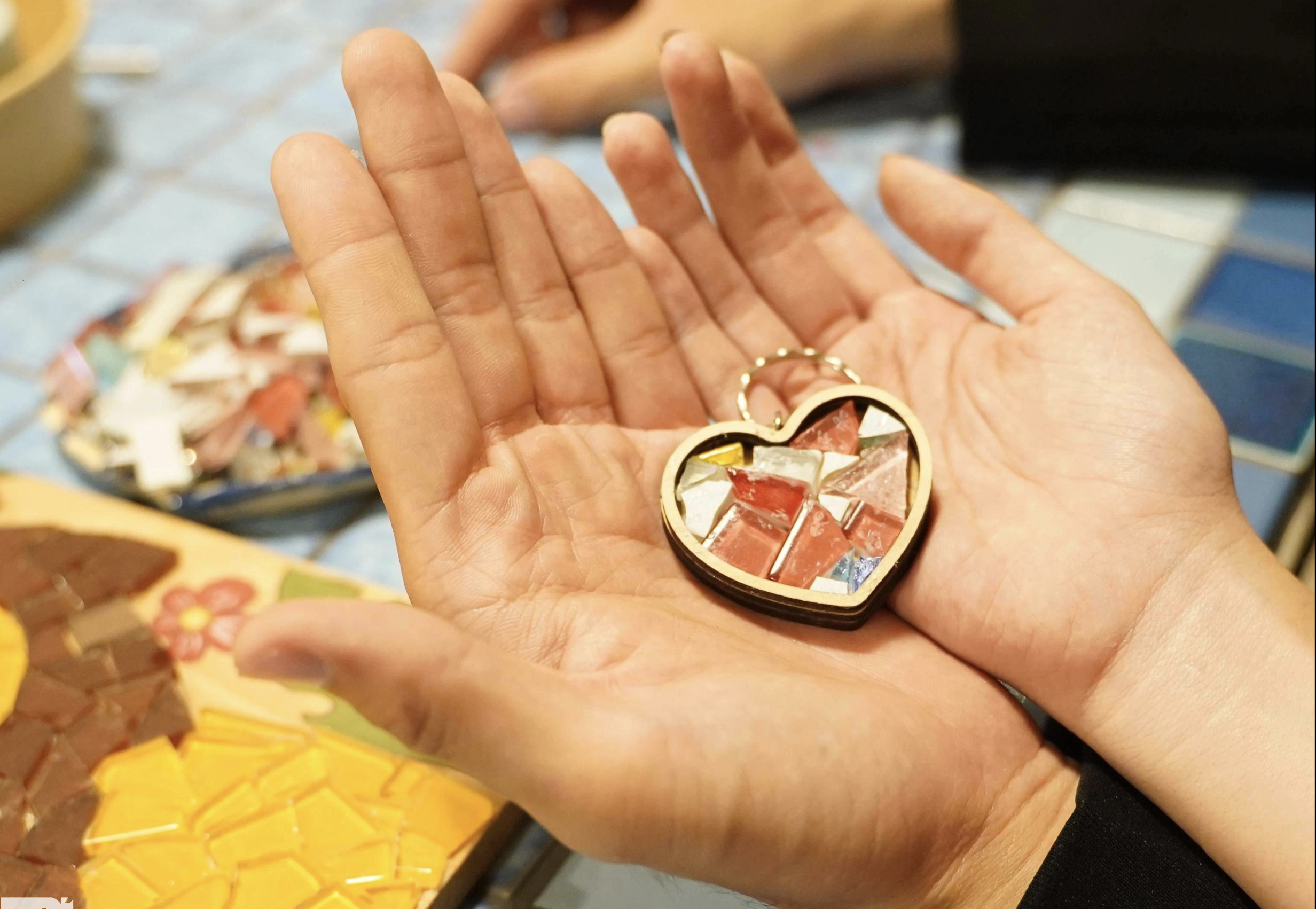
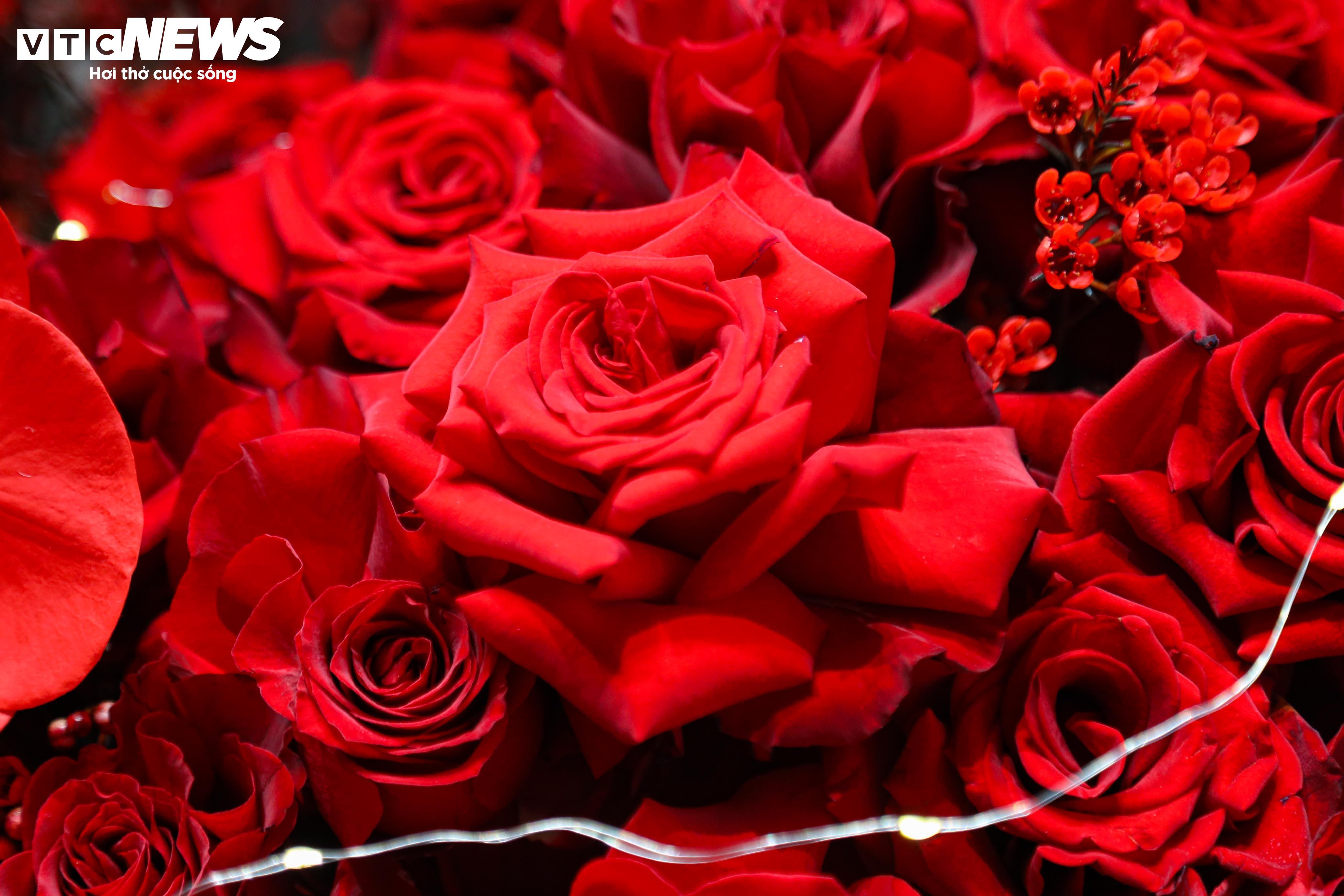






















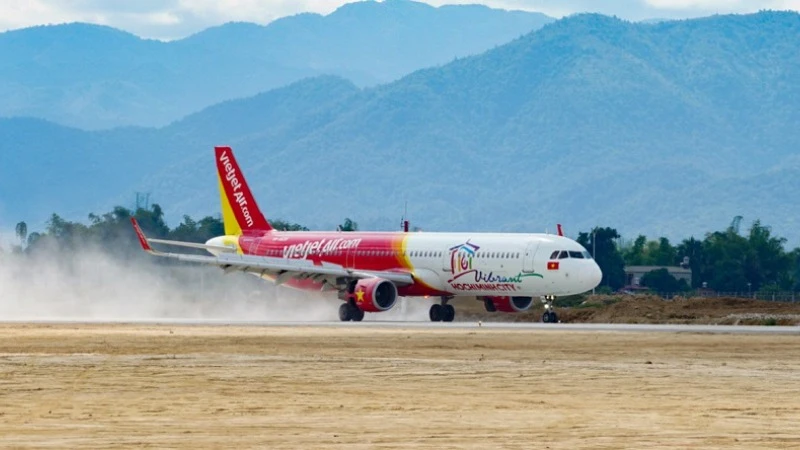

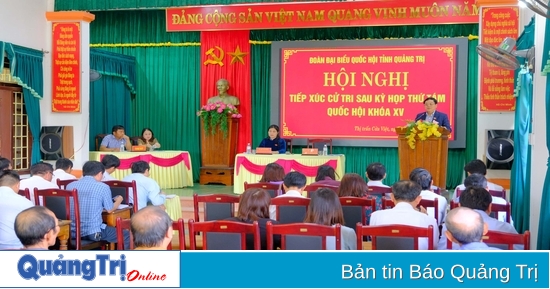
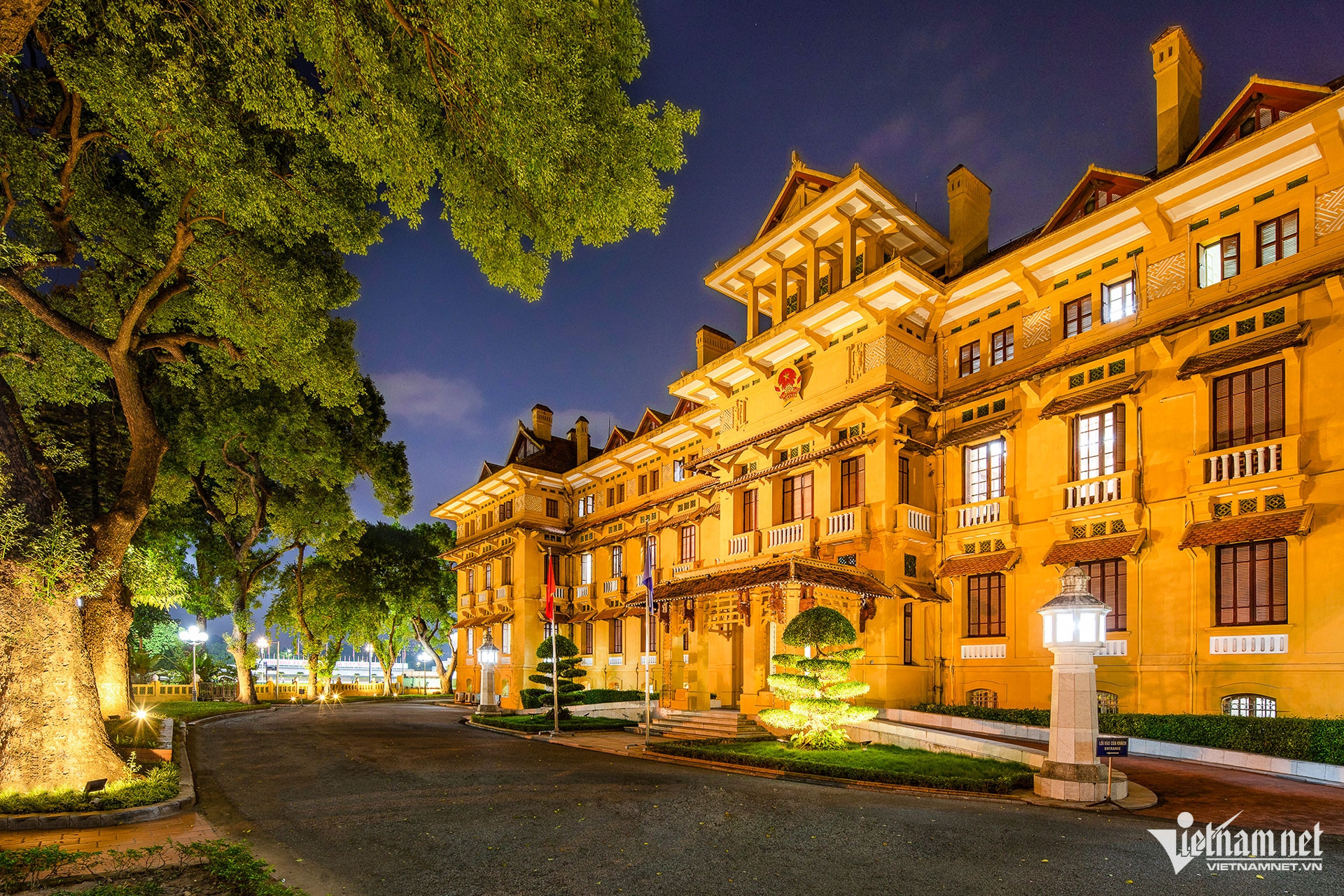
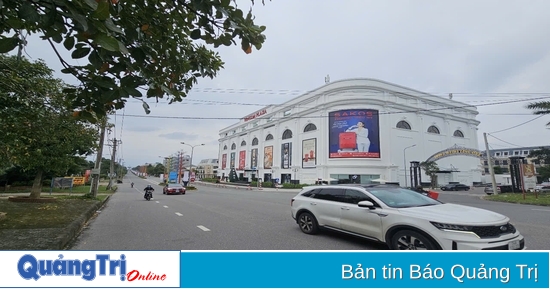
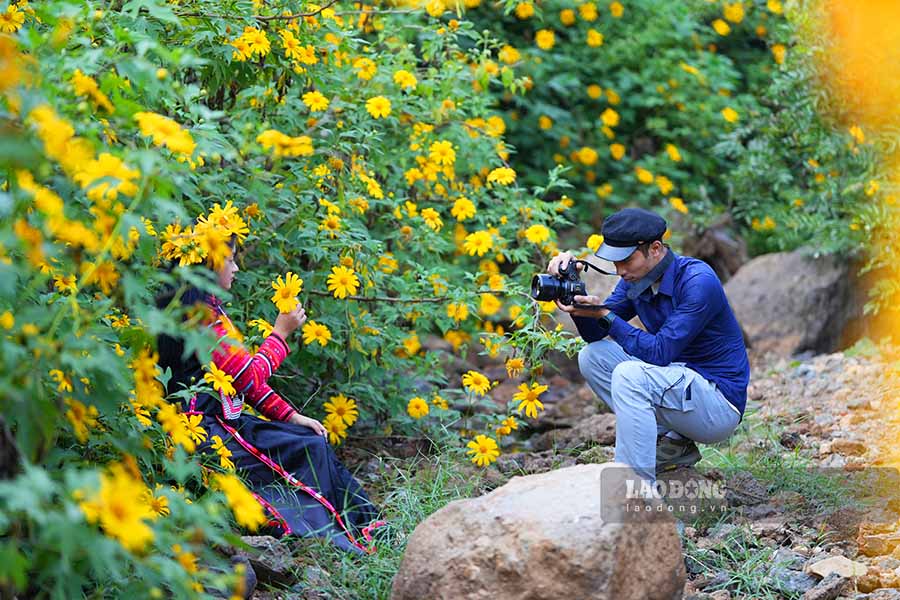
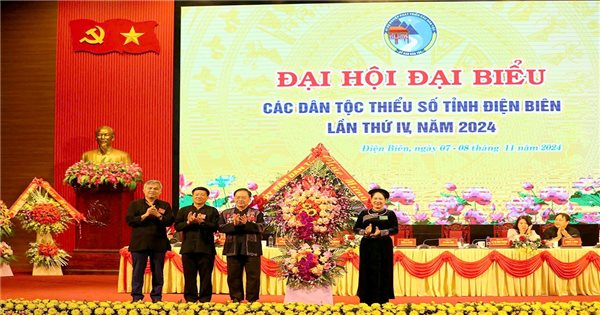
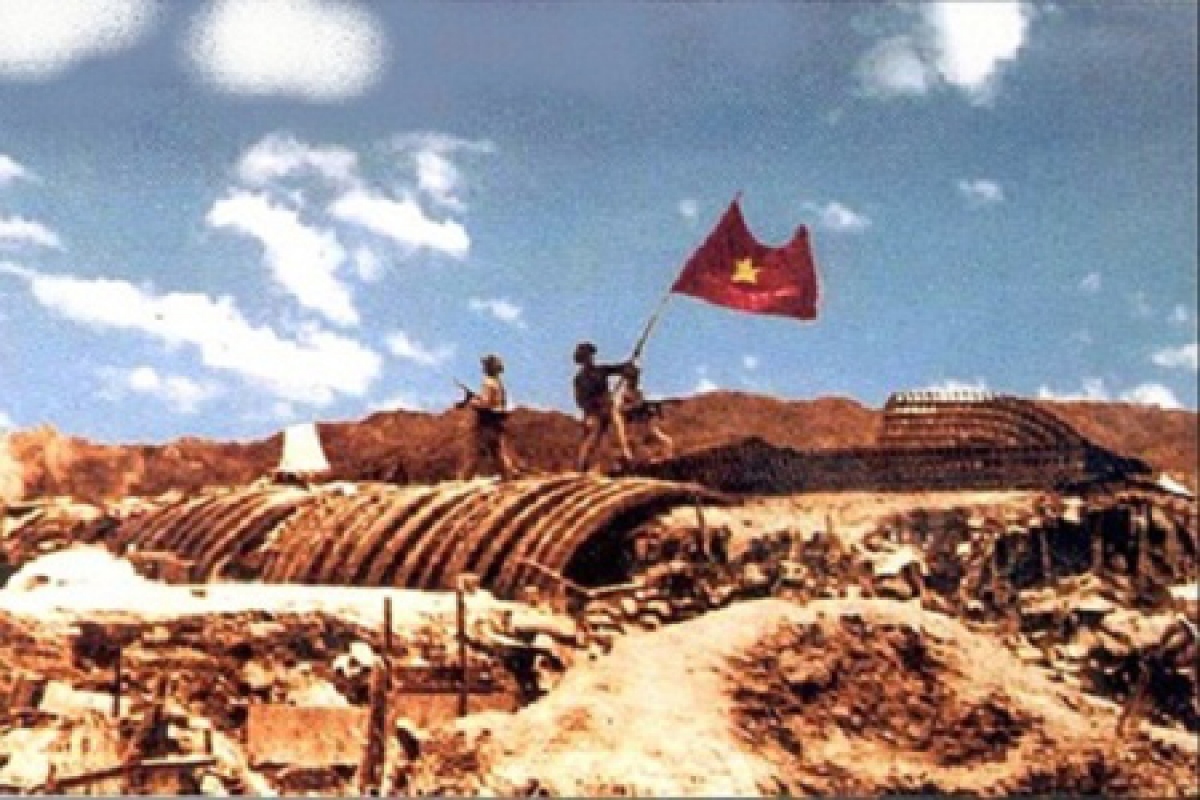

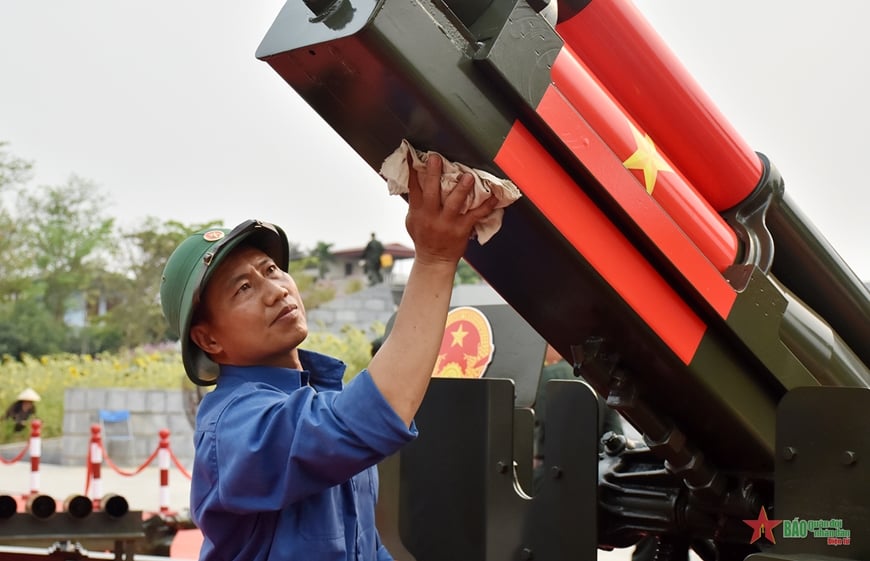

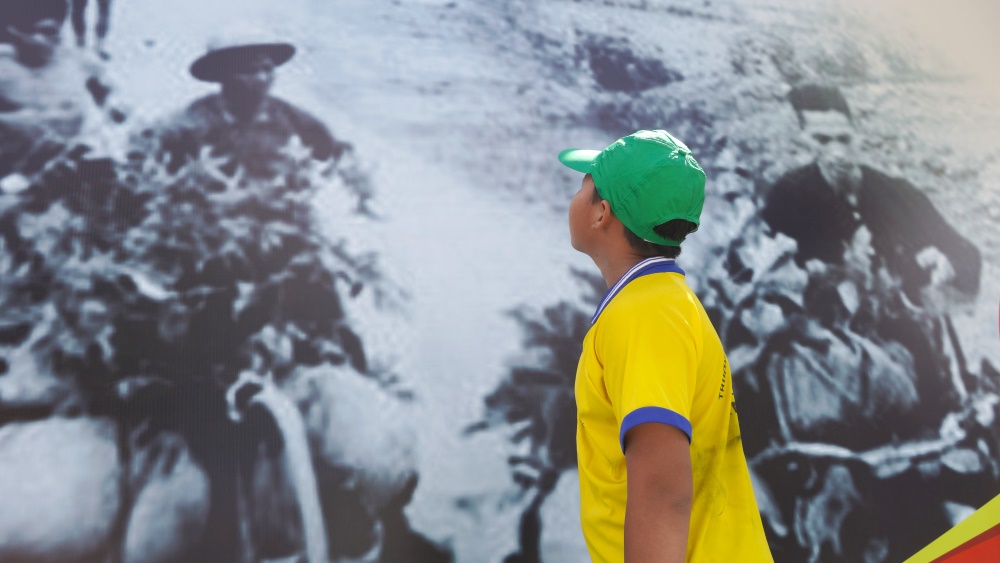

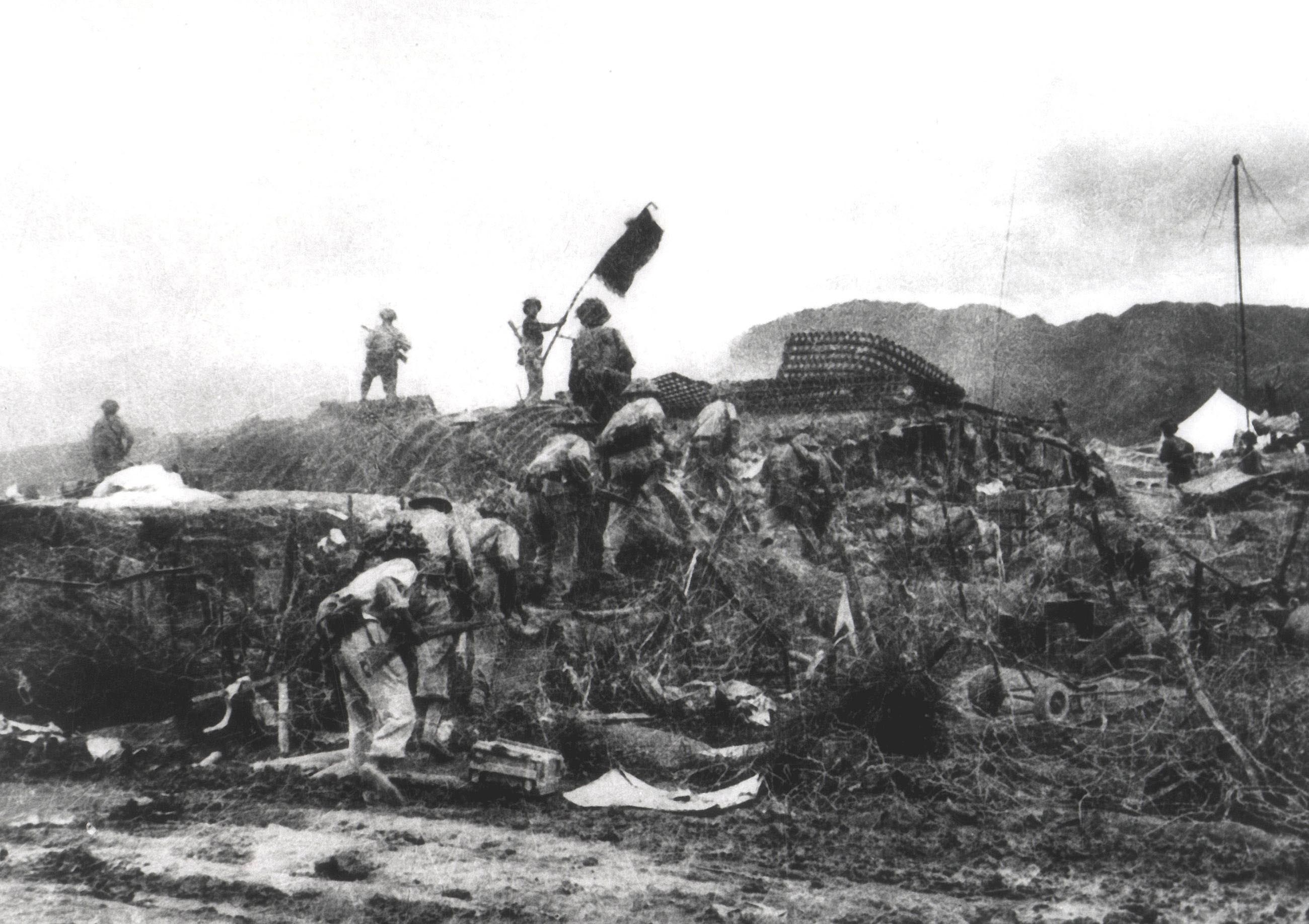

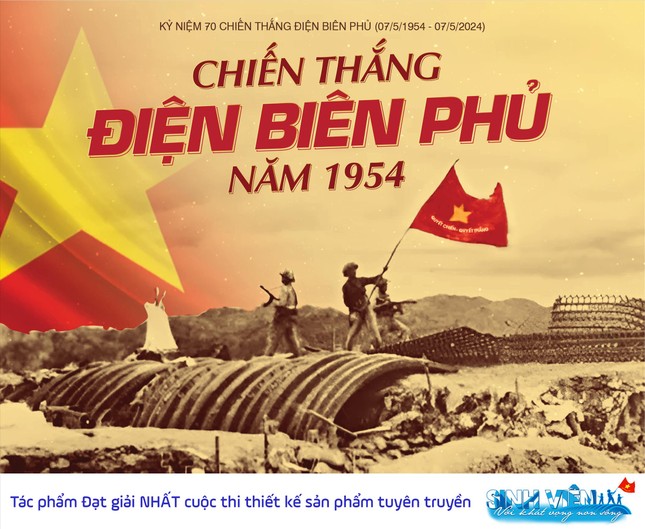

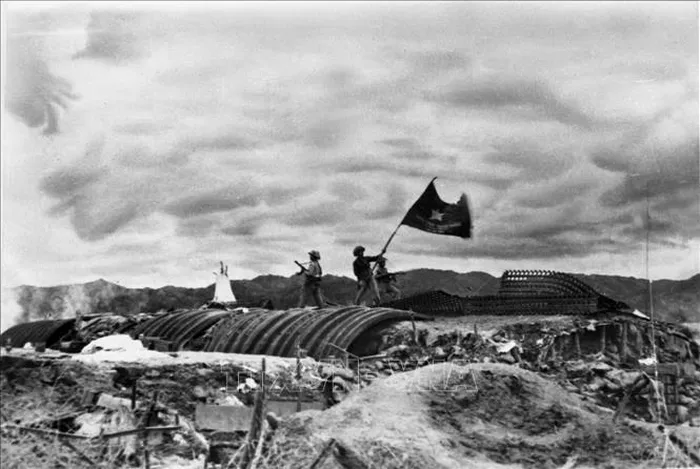
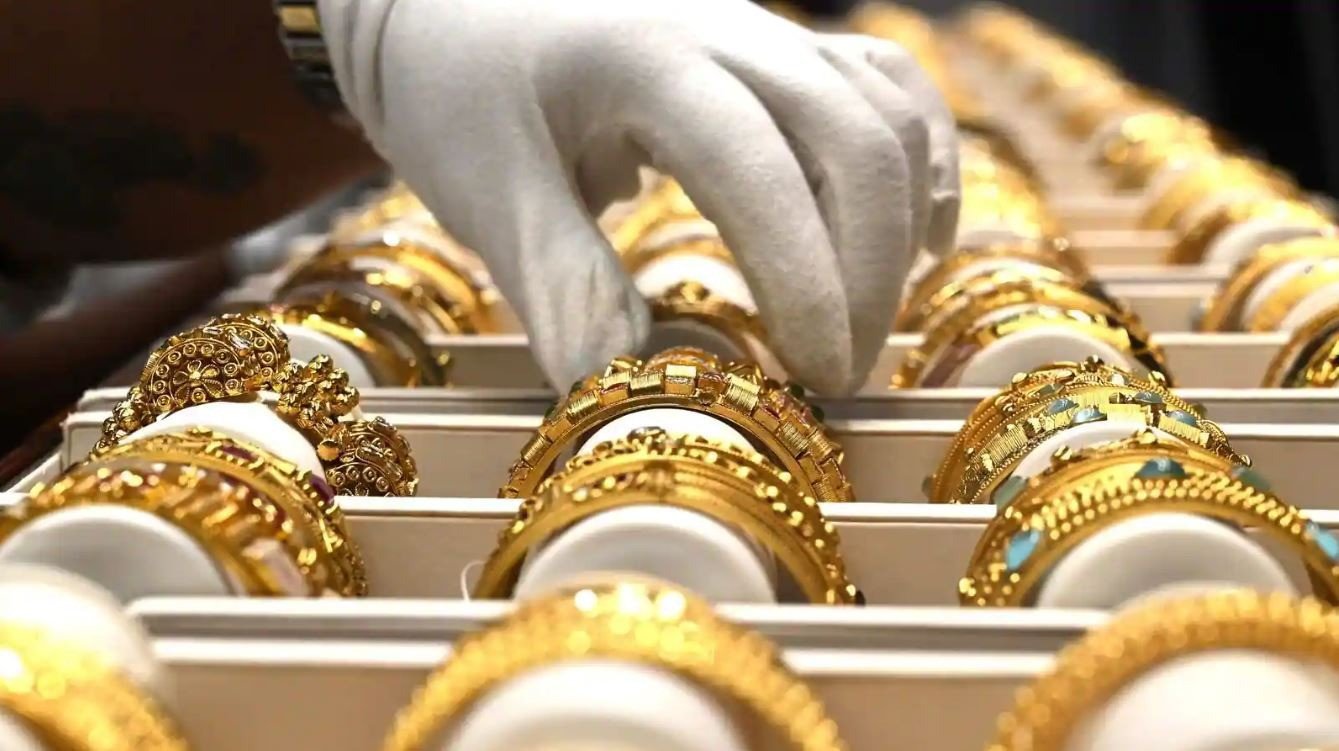
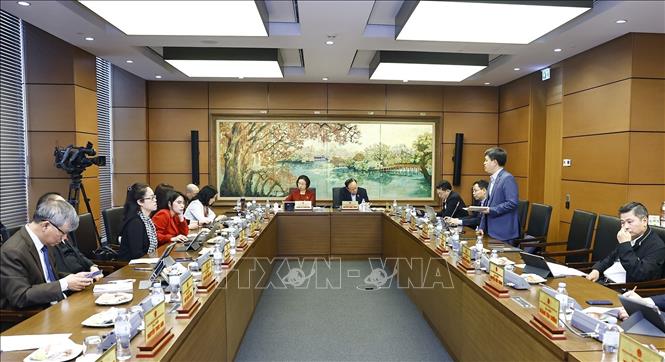
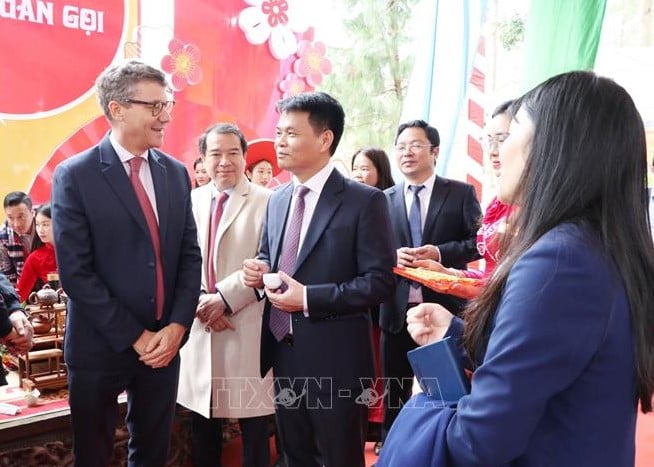
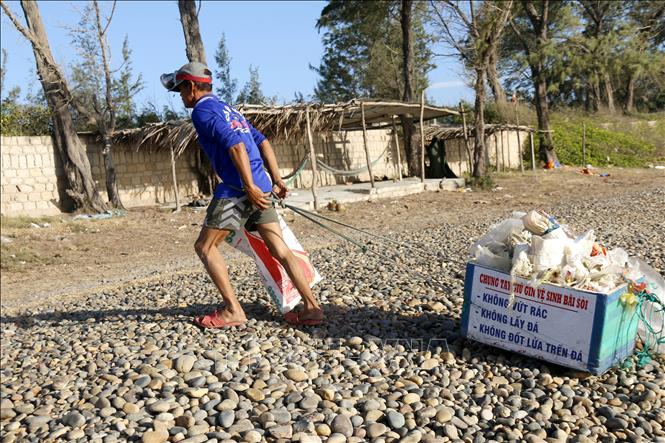

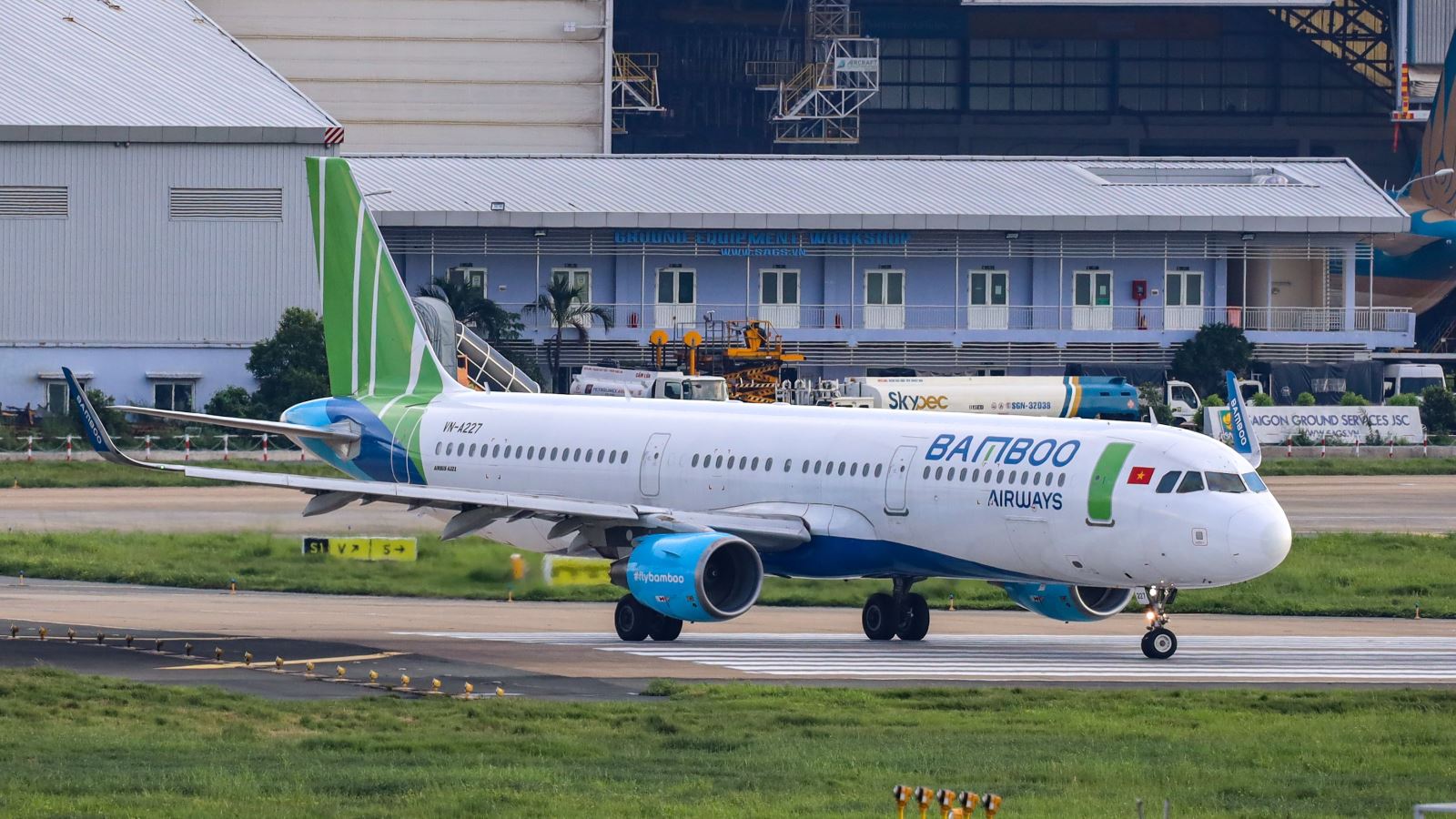
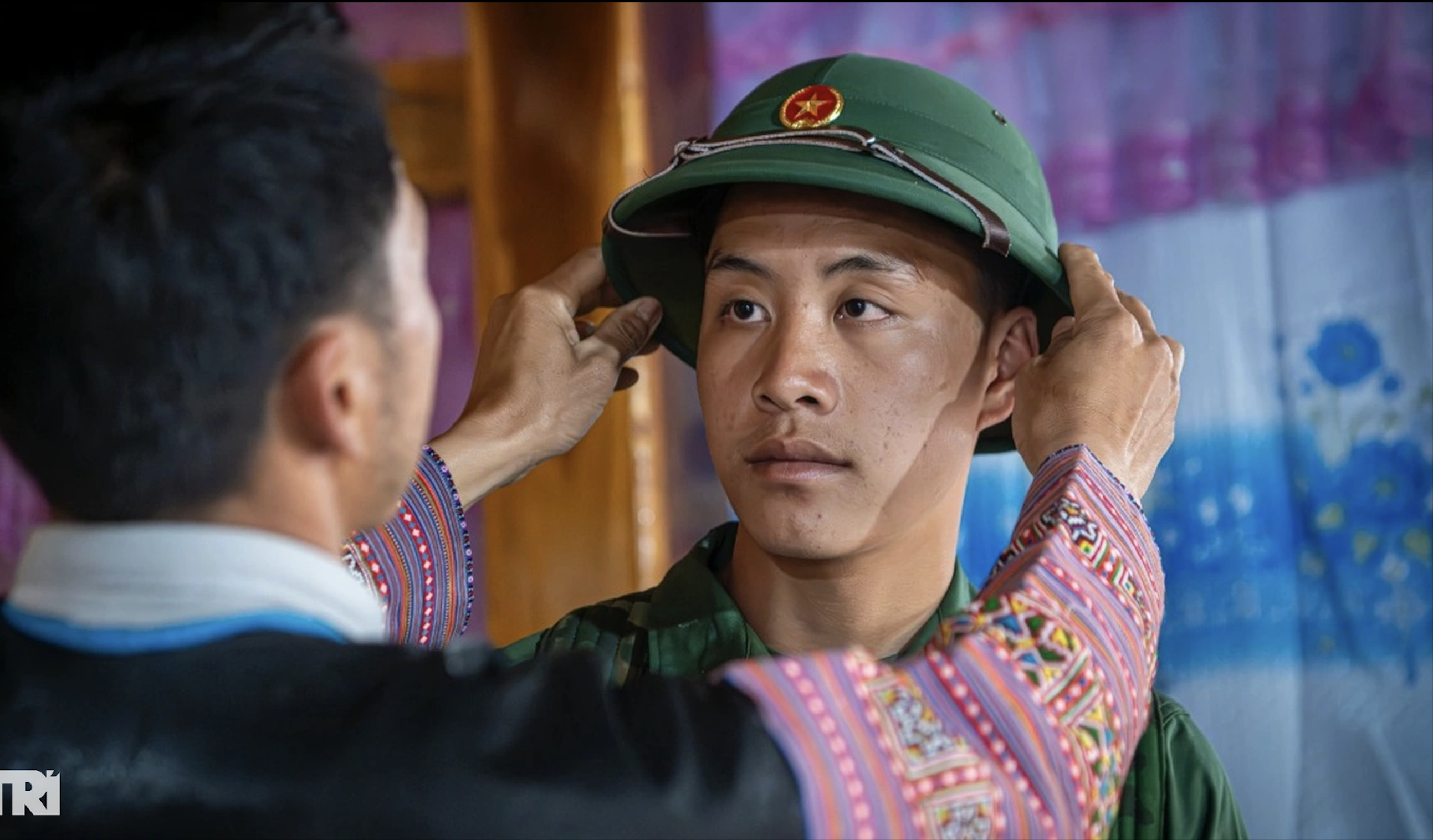

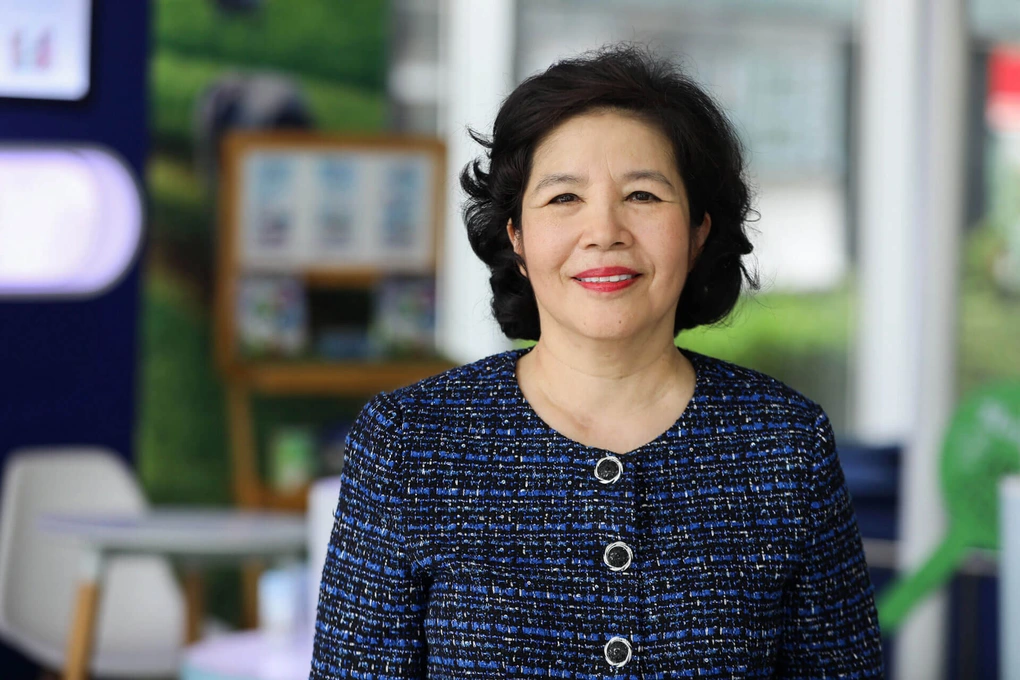
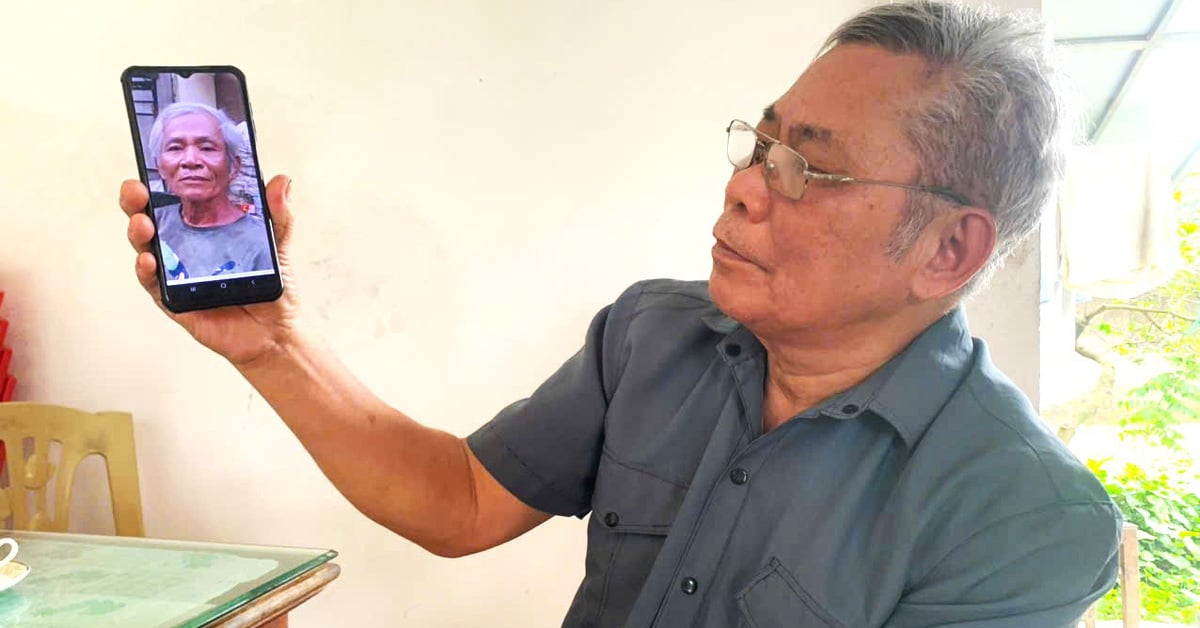


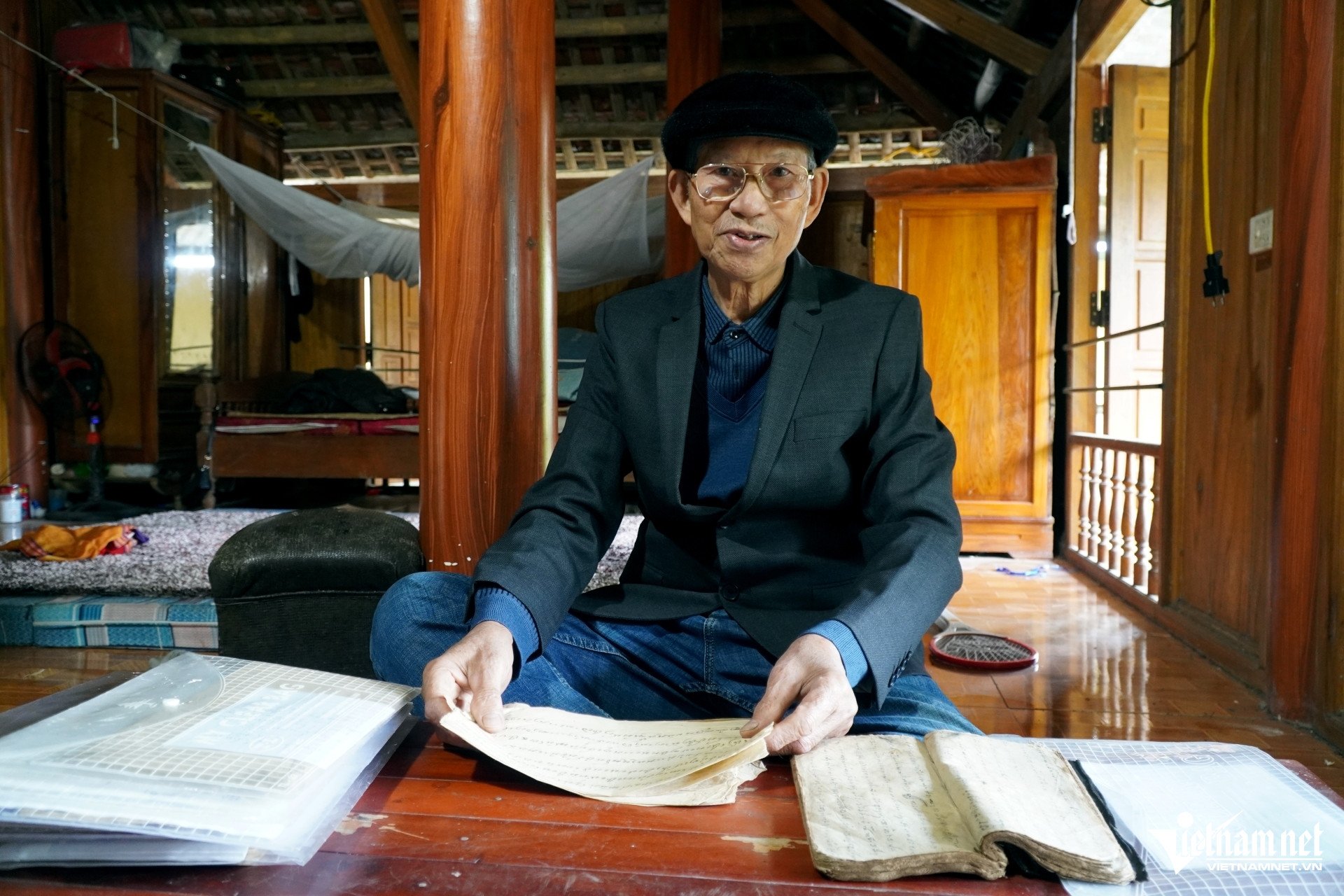




Comment (0)